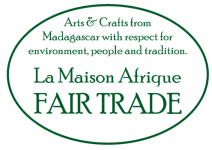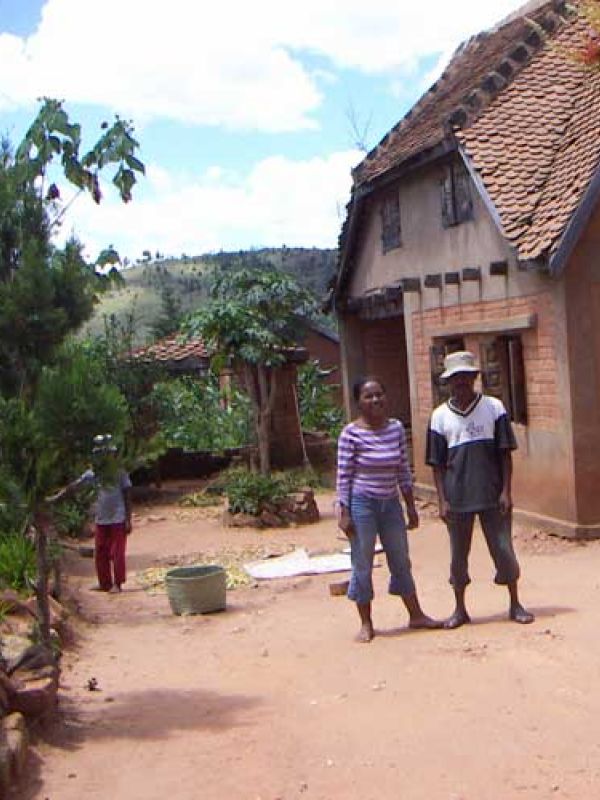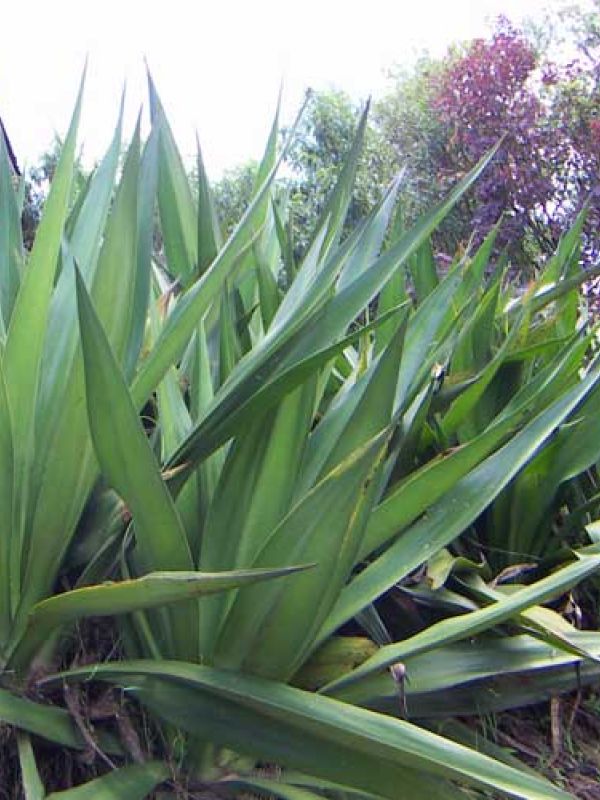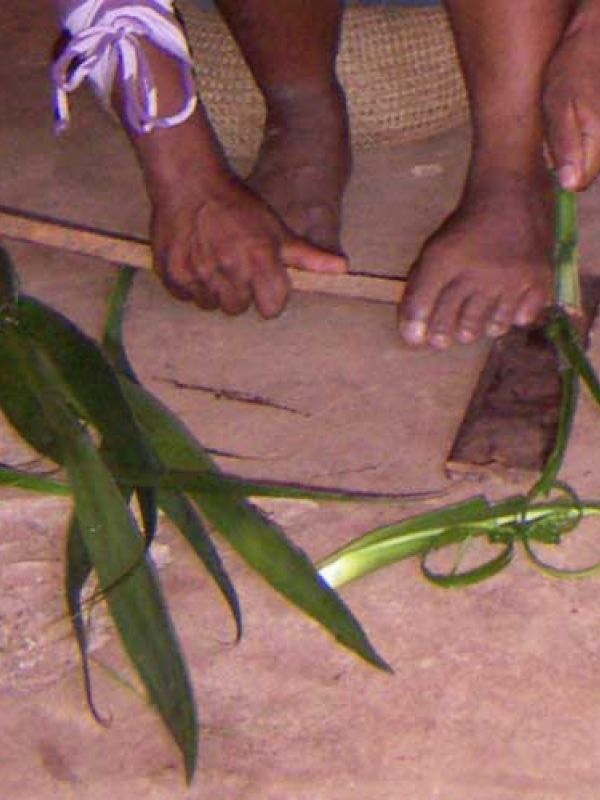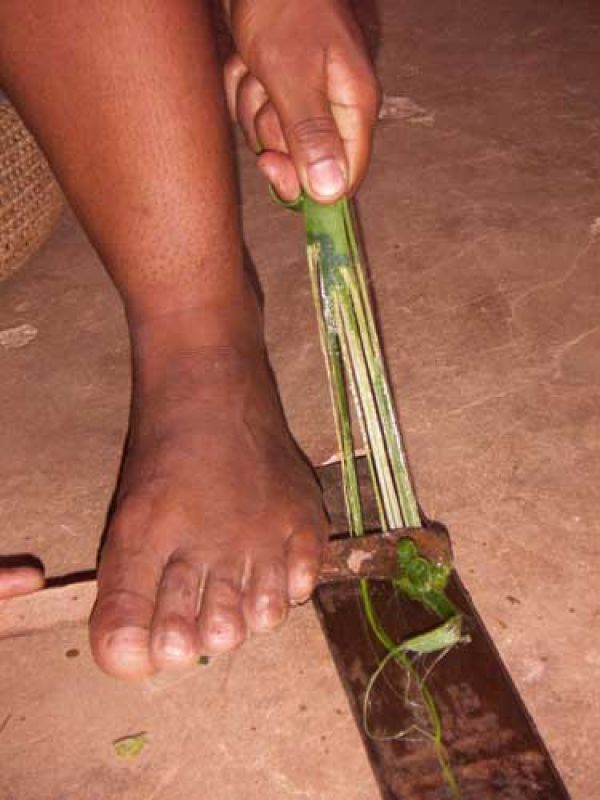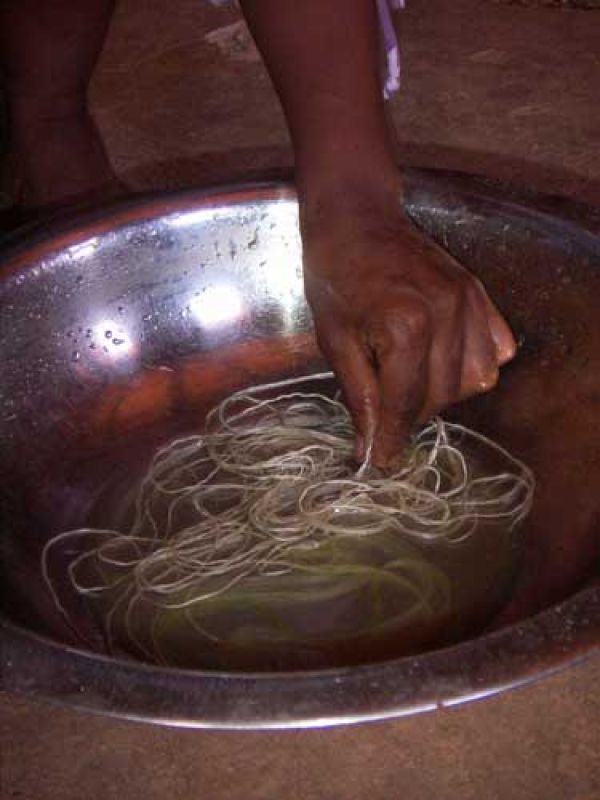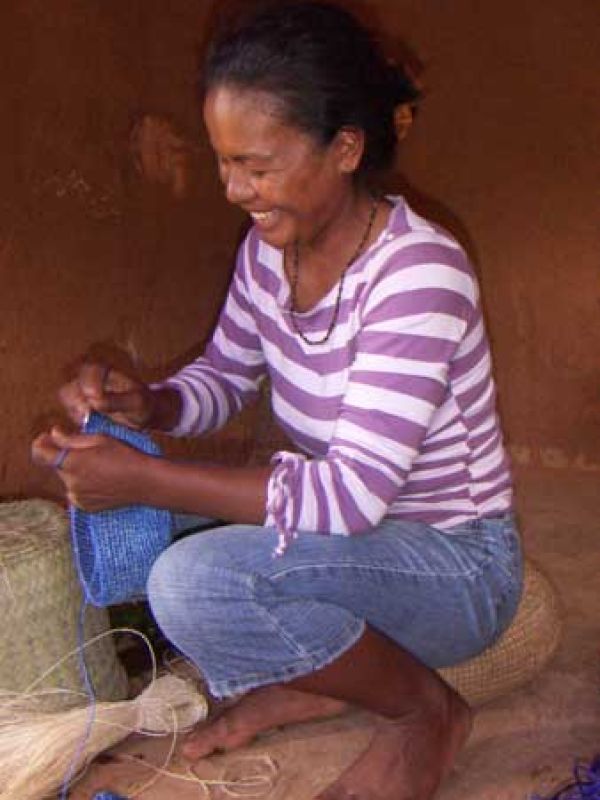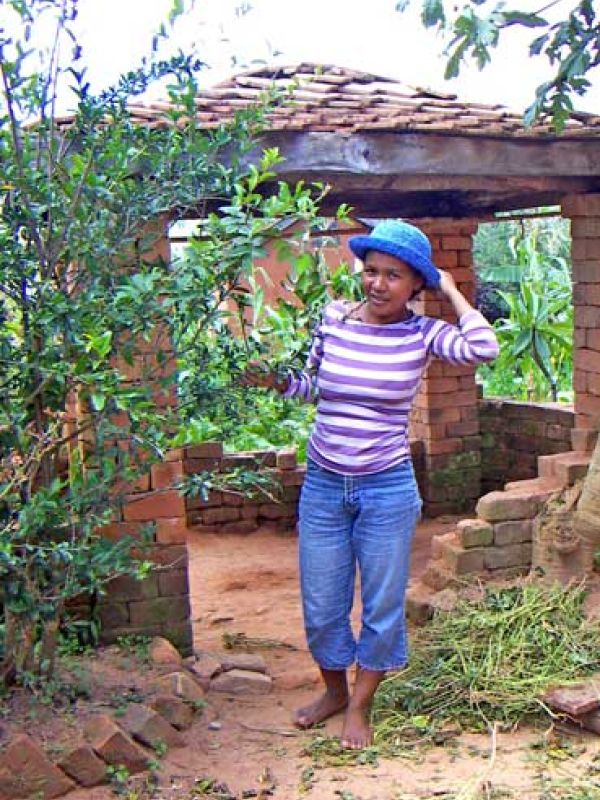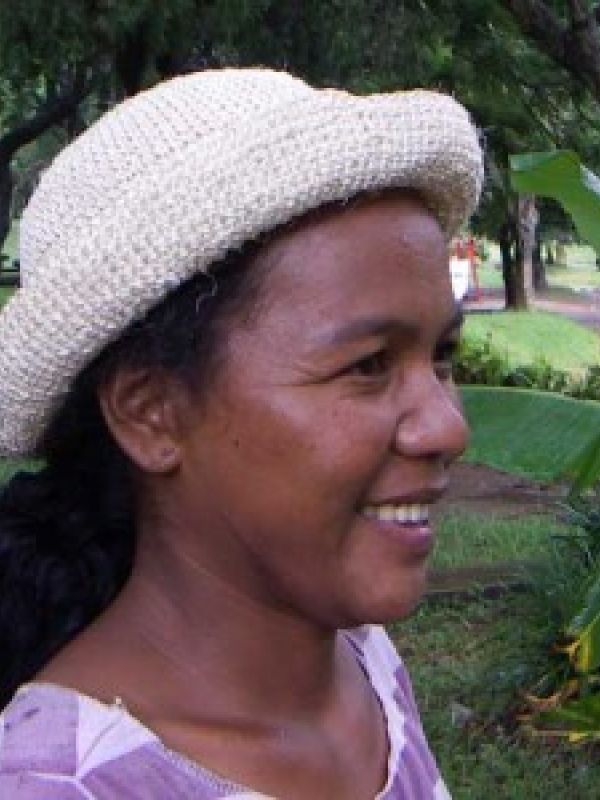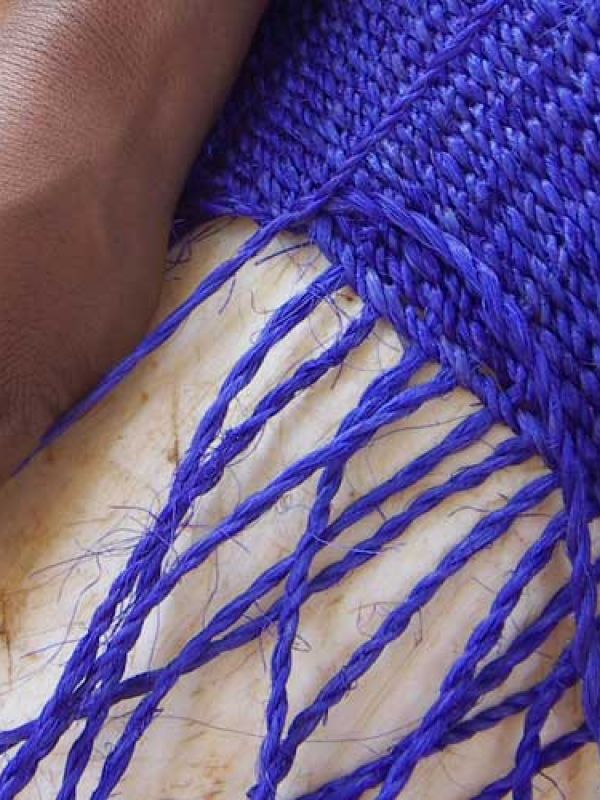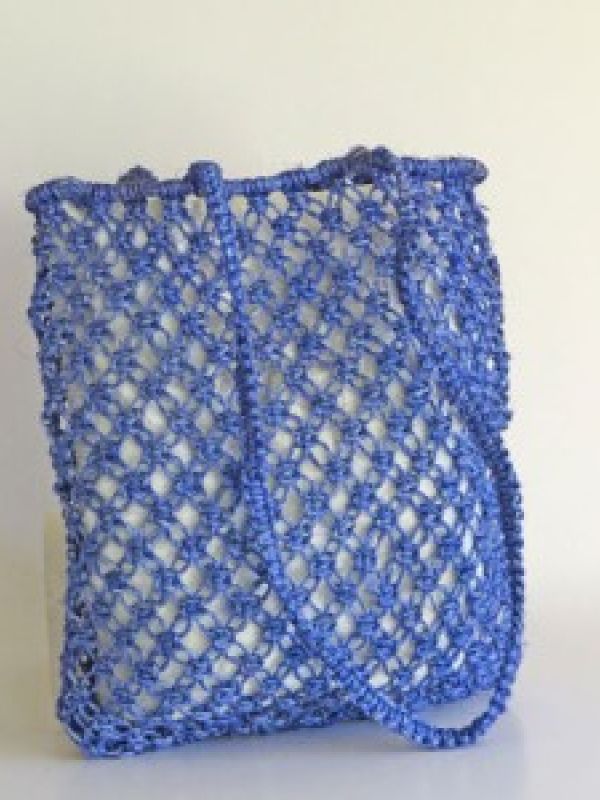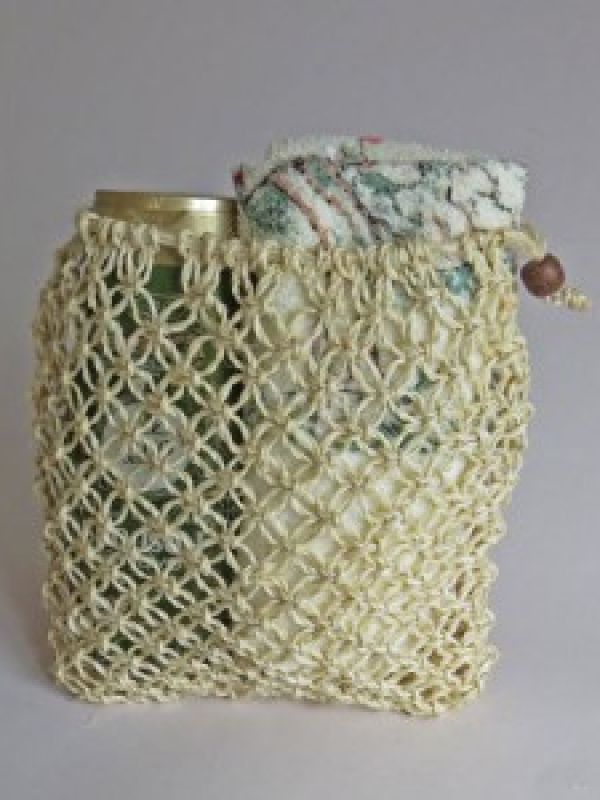Basketry sisal
Sisal fibres crocheted or tied to hats and bags.
How artisans use the leaves from the sisal plant and their craftsmanship to make hats and bags is shown in photos and texts below.
The material: Sisal is a very durable natural fibre; withstands wear and tear, salt water, etc. The plant (Agave Sisalana) is also very durable; disease resistant, low water and nutrient requirements. The sisal plant can be harvested all year round for many years. In addition, the fibres in La Maison Afrique FAIR TRADE range come from sisal which grows where the artisans live and it grows without irrigation or pesticides.
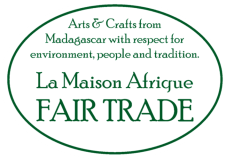
La Maison Afrique FAIR TRADE
-
+46 (0) 706017777
-
This email address is being protected from spambots. You need JavaScript enabled to view it. -
Trustorps Gård
311 65 Vessigebro
SVERIGE -
VAT/Orgnr: SE556526323201


